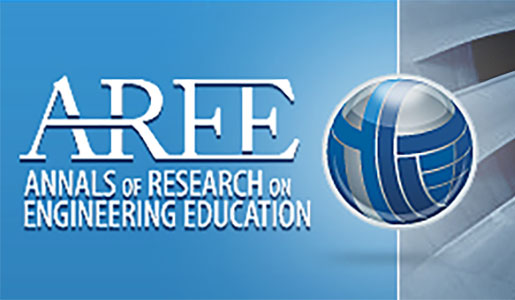Article: Combining Modern Learning Pedagogies in Fluid Mechanics and Heat Transfer
Engineering students typically do not learn in a manner that is well addressed in the typical lecture. Many alternative pedagogies exist and have begun to see use in STEM education. Most of these make the classroom experience richer, and provide situations where the non-technical ABET outcomes can be developed.
The pedagogy which we developed combines aspects of Cooperative, Hands-on, Active, and Problem based Learning in a manner that almost completely eliminates lectures. We refer to it by the acronym CHAPL, representing the first letter of each pedagogy. At the time of writing the article the CHAPL pedagogy was on its fifth iteration. It has been used solely in a required junior level chemical engineering course, ChE 332 Fluid Mechanics and Heat Transfer.
This course naturally divides into two halves, one for fluid mechanics and one for heat transfer. The students are split first into home teams, and then each member of a home team is assigned a concept. They then get together with the members of other home teams who have the same concept. These new groups are called ‘jigsaw’ groups as each Home team member becomes responsible for an individual piece of the collective intellectual puzzle. Jigsaw groups are given a few class periods to come up with a learning exercise to take back to the home teams in order to teach their home team peers the concept they were assigned.
The learning exercise includes a reading assignment, quiz, fill in the blank worksheet, and brief experiment. A relatively small hands-on apparatus exists to demonstrate each concept. The home teams rotate through each apparatus, taking one day at each. They then have a design project that needs to incorporate each of the concepts learned. The process is repeated for the heat transfer portion of the course.
Over the five years covered in the article, we have used many evaluations. We have performed a survey every semester in which this was taught, collected all the student comments, had independent faculty interview the students to probe for conceptual understanding, conducted student focus groups, determined individual student learning styles, received feedback from student ombudspersons, interviewed students, and gotten a brief evaluation from an educational consultant. We can safely say that this pedagogy is better suited towards our students’ average learning style than are traditional lectures. The students report that, compared with traditional courses, they spend more time on task, have more outside class discussions, interact more with other students and with the instructor, create more of their own understanding, and are better prepared for industry. We are increasing student engagement in the learning process without sacrificing course content. Extra time spent by the instructor for this pedagogical approach is offset by the lack of need for lecture preparation.
With this approach we see that the students are more active and engaged throughout the whole class period. The students also generally report that they enjoy the class time much more than they do the time spent in a typical engineering lecture. Yet, there is a constant desire for some lecture to go along with the hands-on time. The most common suggestion is one hour of lecture for every two hours of ‘lab’ time.
The CHAPL pedagogy has been shown to be effective in engaging the students without sacrificing course concepts.
Author 1: Paul Golter [email protected]
Author 2: Bernard Van Wie [email protected]
Author 3: Phil Scuderi [email protected]
Author 4: Tom Henderson [email protected]
Author 5: Rebecca Dueben [email protected]

